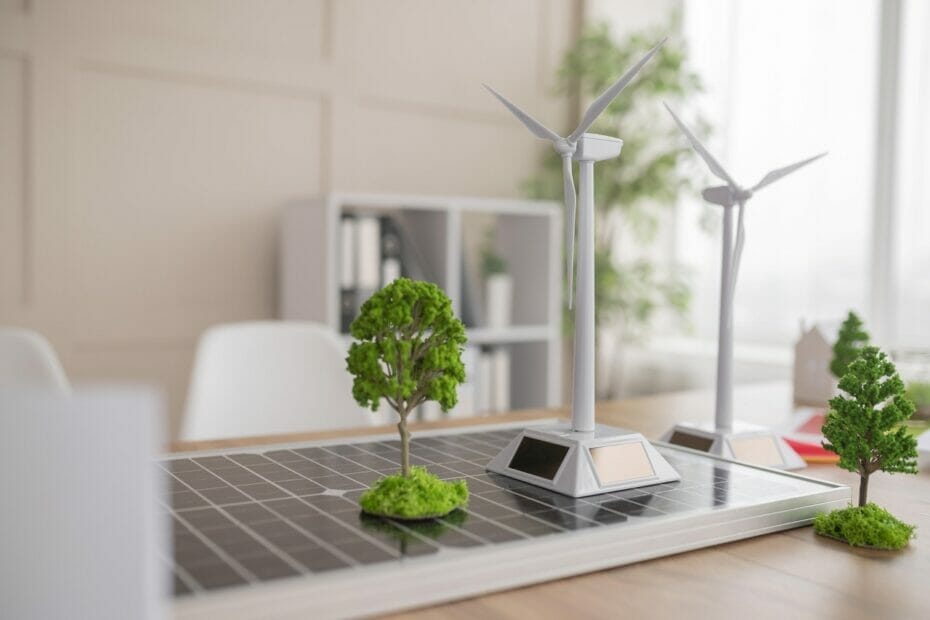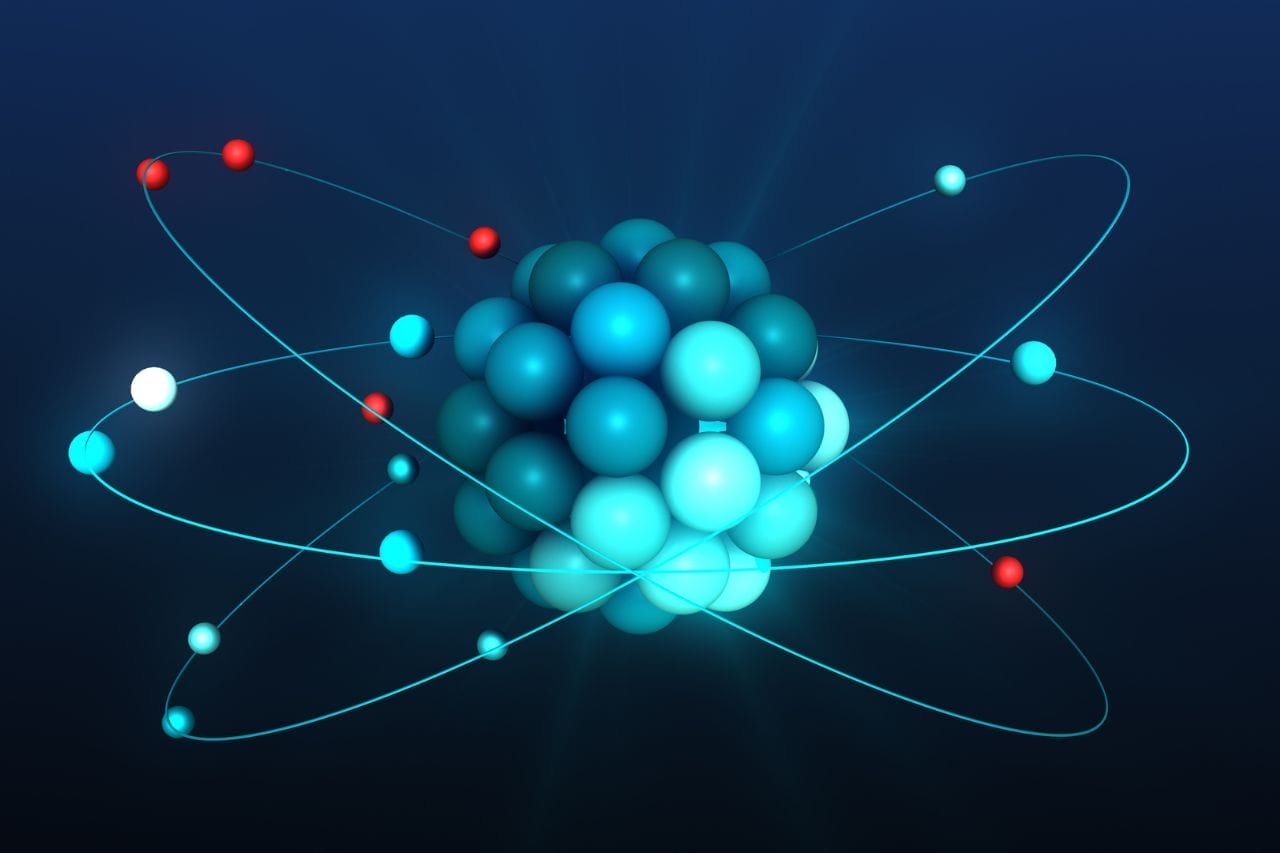As of this past, recent year’s scientists have been coming out one after the other talking about global warming and how it is a big deal. They say that there has been a steady rise in the global temperature of the earth and if we don’t do anything to change this, we will reach a point of no return. Thanks to this, there has been a rise in awareness of global warming, there has been a newfound interest in cleaner energy sources, greener energy sources, also known as renewable energy. Renewable energy is not a new concept. People have been coming up with better alternative solutions to reduce the use of fossil fuels and other things that play a role in damaging the earth and causing global warming. Solar energy, Wind energy, hydroelectric energy, and Geothermal energy are some of the most popular alternatives.
Solar energy
The basic concept behind solar Energy is very simple. The heat from the sun is captured with a device and converted into either electrical or thermal energy. Although Solar energy is free, the tools and equipment required to make it useful are very expensive. But Solar energy equipment has been becoming more and more accessible over the past years as people are finding easier and better ways to do so. Solar energy is a great solution to not only global warming but also the inevitability of the finiteness of other fuel resources. Our biggest source of energy is the sun, but so much of that is lost between the rays hitting the earth, going through the atmosphere, and finally hitting us. In fact, the atmosphere accounts for more than 50% of the sunlight absorbed and dispersed.
Electricity is generated from solar energy through the use of solar cells. When light hits the part between a metal and a semiconductor, a little amount of electric voltage is generated. The energy produced by each cell is typically not much and so efficiency is increased by joining many other cells together. Through this process, large amounts of electricity can be produced. But even that is not enough as most cells today can only bring about an average amount of power even though the tools are so expensive to buy and assemble. Another big problem that is associated with solar energy is regional preferences. Solar energy is available everywhere but in varying degrees, for example, the power generated by solar panels in a desert region will almost always be greater than solar panels from any other region.
Wind energy
Wind energy goes through just a few steps. Kinetic energy is formed when the wind hits a wind turbine causing it to turn. The propellers rotate around a rotator and convert it into mechanical power. From then on the propellers turn a drive shaft which turns a generator and so mechanical power is converted to electrical power. The amount of electricity a turbine can produce will depend on the size and length of its propellers. Both wind energy and solar energy are very similar in the sense that both are renewable resources and both do little to no damage to the environment which makes them very good alternatives in the race to find much better alternatives. Wind energy can also be seen as a type of solar energy because the wind is formed due to heat.
Wind electricity costs have been reduced and this is leading to a higher increase in uses today. In fact, according to the International Renewable Energy Agency (IRENA), the production of wind electricity has doubled between 2009 and 2013, and way back in 2016 wind energy accounted for 16% of the electricity generated by Renewable energy worldwide. The issue faced when it comes to wind energy can be divided into regional limitations and seasonal limitations. Wind turbines typically perform the best in remote regions away from buildings and other structures that can block the wind. Wind turbines need to be placed in a place that has high speeds of wind (obviously). Depending on the season, Wind turbines can produce more or less electricity than usual. Wind energy has seen a rise in uses in the last few years and it continues to grow.
Hydroelectric energy
Hydroelectric Energy or Hydroelectricity harnesses power from water in motion. Hydroelectricity is a very old concept ever since people were using water to turn wheels to ground the wheat in their mills. The process hasn’t fundamentally changed since. Typically Hydroelectricity is produced in hydroelectric power plants. In these plants, there is usually a water reservoir where a large quantity of water is stored. There is an opening to control how much water is released from the reservoir. As the water flows downward, it hits turbines which in turn power a generator.
Hydroelectricity is actually the main most common form of renewable energy in the world. Today hydroelectricity accounts for around 60% of renewable generation. During the process its process, hydroelectricity does not emit a single ounce of carbon dioxide, a greenhouse gas that plays a big role in global warming. Hydroelectricity is also very efficient because the amount of electricity produced can be adjusted based on needs. It also doesn’t emit any form of a pollutant that damages any life forms so it is also safe.
The only few issues with hydroelectricity are that one, it is hard to find a location to build the reservoir and when a location is found, more than likely a habitat needs to be destroyed to make way for it. Another issue is that hydroelectric plants can very very costly to build and manage and their prices haven’t seen any significant decline like solar power. Because hydroelectricity is heavily dependent on the availability of water, it can become a massive loss if the place it’s being built on experiences a drought. Besides these things, hydroelectricity is a very good form of renewable energy.
Geothermal energy
Geothermal energy uses heat energy from within the Earth that is then converted into electricity, For thousands of years, geothermal energy has been used for cooking, bathing, and heating homes but today due to technological advances, it is even being used to make electricity. Geothermal energy is extracted from Geothermal energy plants. These plants can be divided into three major groups which are flash steam plants, dry steam plants, and binary cycle plants.
Flash steam power plants are the most common type of geothermal energy plants today. Fash power plants pump high-temperature fluids into a high-pressure tank on the surface which is at a lower pressure which causes the liquid to immediately vaporize and turn to steam. The steam then turns turbines which in turn, operates a generator. If any vapor remains it is pumped back underground where the process is then repeated,
Dry steam plants are the oldest geothermal energy plants. These plants are exclusively powered by steam. Steam from underground is directly transported to turbines above the surface. Like the Flash steam plants, the steam turns the turbines which in turn powers a generator. The excess fluids are then pumped back underground and the process continues.
Binary Cycle power plants work a bit differently than the last two types of plants. Binary power plants introduce a heat exchanger into the system. It uses two types of fluids. Water and another fluid that has a lower boiling point than water. The water or geothermal fluid is pumped into the heat exchanger. While passing through, it causes the secondary fluid to turn into vapor which goes up to the turbines causing it to turn and power the generator. This system is unique because the geothermal fluid never actually gets in contact with the turbines nor does it get in contact with the secondary fluid.
Although geothermal energy is cheaper and emits a lot lower amount of carbon dioxide than other recourses do, it does come with its drawbacks. Like many other renewable resources, geothermal energy is very limited in location because there has to be a significant amount of geothermal energy coming out from a place before a plant can be built and even if a proper place is found, there will be a significantly lower temperature in the place after some years of use.
Almost all renewable resources although very different share a common convenience and hindrance. Almost all are 100% clean which is vital to the development of the earth as global warming becomes a more and more existential crisis. But the flaws are that a renewable energy source cannot be built just anywhere as the location has to accommodate the needs of that specific renewable resource. The one very important thing to note is that these resources never run out so all we need to do is focus on how we can make these systems more efficient, less costly, and more accessible to everyone globally.



